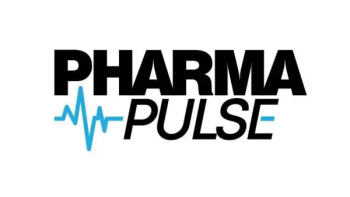
- Pharmaceutical Commerce - November/December 2011
Where does the public go for flu info?
ComScore analysis finds CDC.gov highest-ranking site
As a director of traffic on the Web, we can pretty safety assume that the federal government is not as adept as consumer-goods companies or their agencies. But some interesting results have just appeared from comScore, Inc. (Reston, VA), the digital market analytics firm, that shows that consumers are finding their way to federal sites nonetheless. CDC.gov garnered 17.7% of click-throughs recorded by comScore in September (when inquiries begin rising) when “broad-matched searches for flu information” (as comScore put it) are conducted; on the basis of unique visitors, NIH.gov was the highest of any public or private site.
The ranking by search term also shows how the competition for driving health information is faring among digital media companies: New York Times Digital outranked WebMD and EveryDay Health; and Google appears to be falling off the pace. (However, a partnership between Google and NIH provides that NIH results are the first unpaid listings on a Google search for pharmaceutical-related searches, according to comScore.)
“With health topics ranging from disease prevention to health care availability continuing to be priority issues for Americans, we are seeing government health agencies invest more in their digital media strategies to make information and resources more easily accessible,” says John Mangano, comScore VP for health marketing solutions.
Articles in this issue
almost 14 years ago
CMS issues Sunshine Actalmost 14 years ago
More actions by GPhA and Obama Administration to address drug shortagesalmost 14 years ago
Cold Chain Technologies extends ambient-temperature packaging lineabout 14 years ago
UPS Healthcare Logistics adds to network with an Italian acquisitionNewsletter
Stay ahead in the life sciences industry with Pharmaceutical Commerce, the latest news, trends, and strategies in drug distribution, commercialization, and market access.





